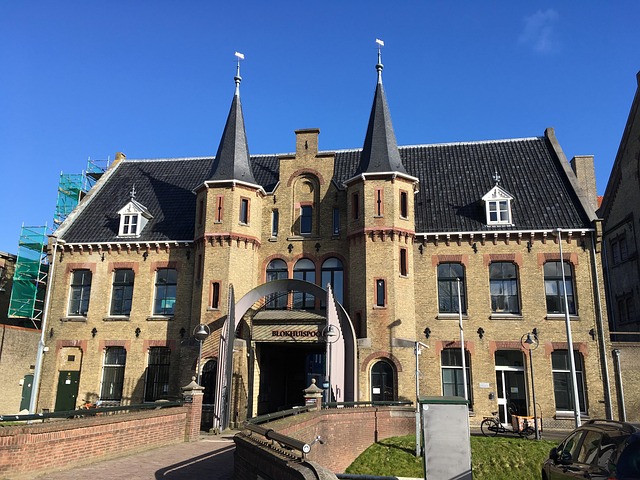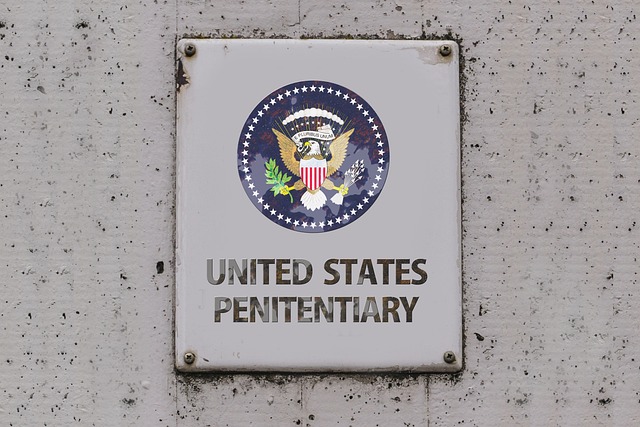Rural and urban DUI Forfeiture Case Challenges differ significantly. Rural areas face longer law enforcement response times and limited legal services, leading to stricter enforcement. Urban centers grapple with higher intoxication driving rates, competitive but costly defenses, and overwhelmed courts. These disparities impact the effectiveness of DUI laws, emphasizing the need for tailored solutions addressing unique regional challenges.
In the dichotomy of rural and urban settings, distinct nuances emerge in DUI laws, particularly regarding forfeiture case challenges. This article delves into these disparities, exploring how geographical contexts shape legal landscapes for drunk driving offenses. We examine the unique characteristics of rural and urban DUI enforcement, focusing on property seizure and disposition through the lens of ‘DUI Forfeiture Case Challenges’. Understanding these differences is pivotal for stakeholders navigating the complexities of alcohol-related driving laws across diverse American communities.
Understanding Rural and Urban DUI Laws

In the realm of DUI (Driving Under the Influence) laws, rural and urban areas often face distinct challenges. Rural DUI cases may involve longer response times for law enforcement due to thinner populations and less frequent patrols. This can impact the collection of evidence and witness testimonies. Additionally, defensive strategies in rural settings might focus on arguing insufficient proof of impairment due to the lack of busy streets or high-traffic areas, which are commonly used as benchmarks for sobriety assessments.
In contrast, urban DUI laws grapple with higher rates of intoxication driving incidents stemming from denser populations, more extensive nightlife, and quicker response times for police. Urban cases could face challenges in proving impairment without standard field sobriety tests conducted in controlled urban environments. Furthermore, DUI forfeiture case challenges may differ; rural areas might see fewer assets at risk due to lower crime rates, while urban centers could deal with asset forfeiture as a more prevalent tactic to discourage drunk driving.
DUI Forfeiture Case Challenges: A Comparative Study

In rural areas, DUI forfeiture case challenges often involve longer travel distances between homes and legal services, which can impact the speed and efficiency of legal defense. This geographical disparity may lead to differing interpretations of DUI laws, with rural communities potentially facing stricter enforcement due to lower population densities and limited access to public transportation. As a result, individuals accused of DUI in rural settings might face unique hurdles in terms of gathering evidence, accessing legal counsel, and navigating the court system.
In contrast, urban centers present a distinct set of DUI forfeiture case challenges. The high concentration of legal professionals and resources can lead to a more competitive defense landscape, but also potentially higher costs for individuals facing DUI charges. Urban courts may also be overwhelmed with cases, resulting in longer wait times and backlogs, which can delay resolution and impact the accused’s freedom until trial. Understanding these regional differences is crucial when examining the effectiveness of DUI laws and their impact on various communities.
In understanding the nuances of rural vs. urban DUI laws, it’s clear that significant differences exist in how these jurisdictions handle drunk driving offenses. These variations impact not only the legal consequences but also the overall enforcement strategies. The comparative study of DUI forfeiture case challenges reveals that while rural areas may face unique obstacles in prosecution, urban centers have their own set of complexities. These disparities underscore the importance of tailoring DUI legislation to local contexts, ensuring fairness and effectiveness in reducing drunk driving incidents. By examining these differences, legal professionals can better navigate DUI forfeiture case challenges, ultimately contributing to safer communities across all landscapes.






